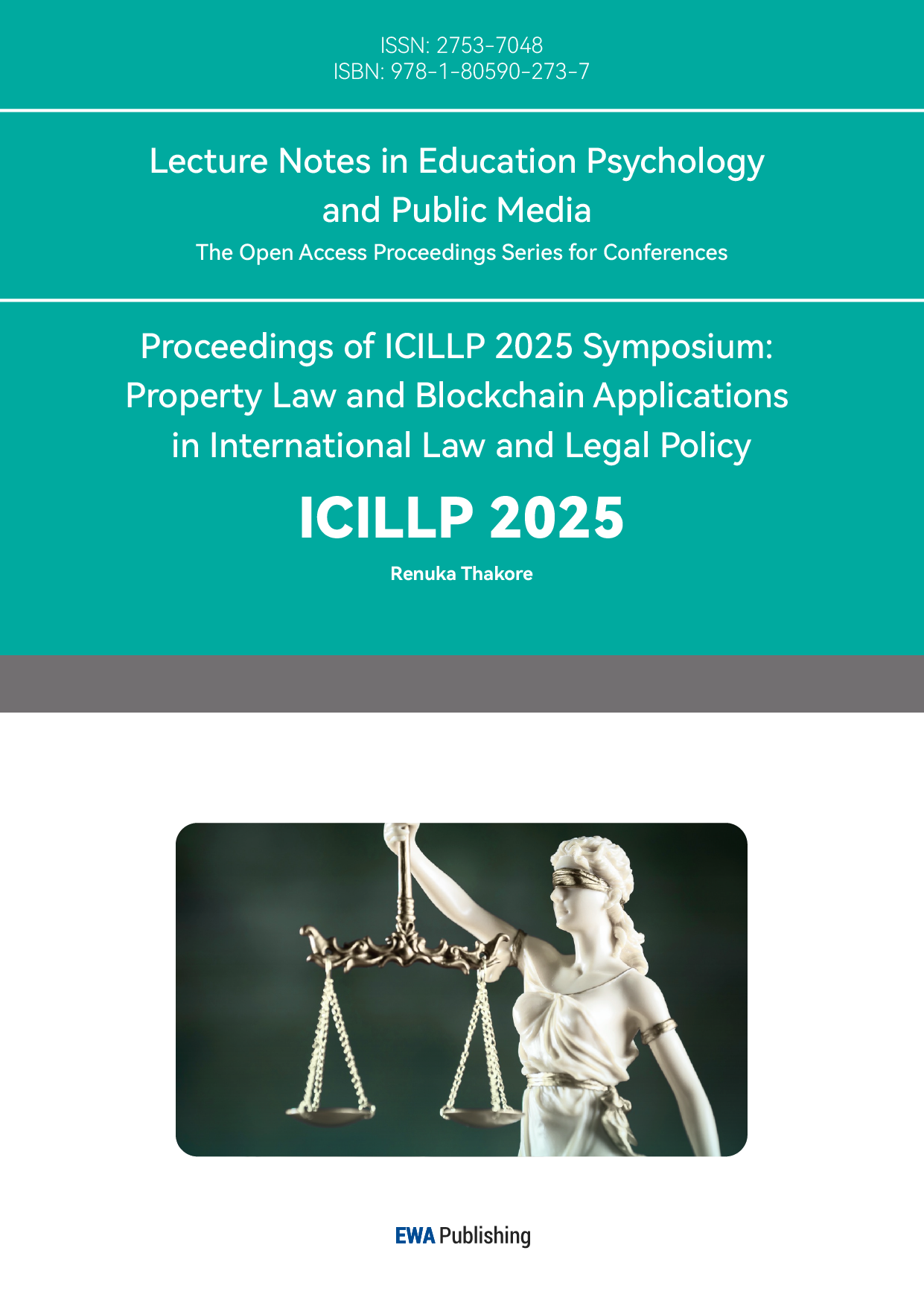References
[1]. Rui, S. H., & Yu, B. (2025) Research and Application Progress of New Building Thermal Insulation Materials. Synthetic Materials Aging and Application, 1, 86-89.
[2]. Arslan, M. A., & Aktas, M. (2018) Evaluation of Insulation Materials Used in the Construction Sector in terms of Thermal and Sound Insulation. Retrieved from https: //doi.org/10.2339/politeknik.407257.
[3]. Chen, F. (2025) Performance Research of Exterior Wall Thermal Insulation Materials for Residential Buildings. Construction Technology, 10, 33-38.
[4]. Wang, X., Nan, Y. L., Feng, Y., & Dou, M. (2021) Discussion on the Treatment Methods of Thermal Bridges in Interior Wall Insulation in Hot Summer and Cold Winter Regions. Building Science, 2, 109-112.
[5]. Zhang, K. L. (2025) Research on the Selection of Energy-Saving Thermal Insulation Materials for Building Exterior Walls. Jushe, 8, 77-79.
[6]. Liu, S. S., Xia, B. H., Li, M. L., & Hu, Z. Y. (2023) Exploration of the Application Prospects of Aerogel Materials in the Construction Field. Construction Science and Technology, 23, 31-34.
[7]. Yang, Q. H. (2023) On Energy-Saving Thermal Insulation Materials for Building Exterior Walls and Their Detection Technologies. China Construction Metal Structure, 7, 69-71.
[8]. Beijing Guobiao Jianxin Inspection and Certification Co., Ltd. (2025) Carbon Footprint of product: Ceramic Gel Thermal - Insulation System.
[9]. Li, M. W., & Qi, Y. (2024) Methods and Case - Study Calculation of Carbon Footprint for Rock - Wool Products. Green Architecture, 5, 135-139.
[10]. He, X. X. (2025) Research on the Influence of Exterior Wall Thermal Insulation Material Selection on the Total Construction Cost. Foshan Ceramics, 2, 162-164.



